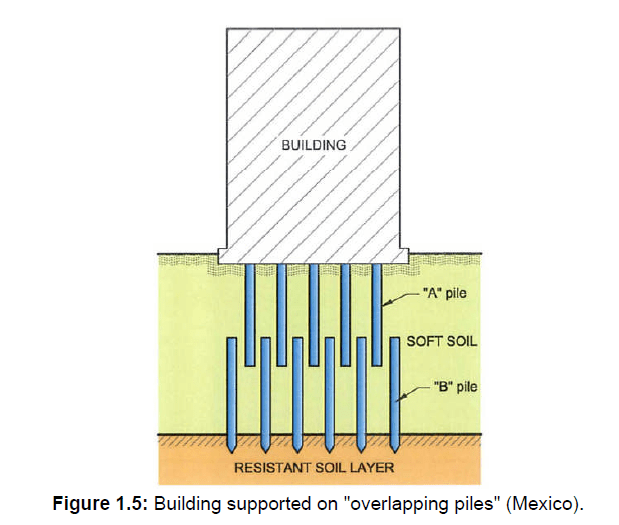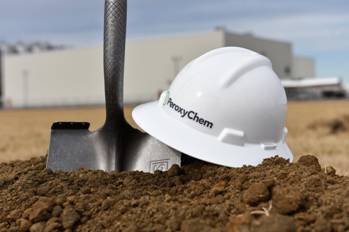Michael227
Geotechnical
- May 10, 2022
- 6
I wanted your folks opinion on something. I was reading ASIRI (2012), I came across this subject. In Mexico, after the Spanish Conquest, the Spaniards build large structures, unfortunately, the soil beneath was Volcanic Saturated Clays and Compressible. Water Pumping from Deeper Layers was resulting in Settlements of several metres (as per the document, I guess failure at that point). The solution implemented was "Overlapping Piles". The already old piles had Additional Piles Installed in between, which reached down to suitable stratum (unlike the old piles which terminated early). My question is, How did they install these Piles? The structure is already present on Top, did they make
 holes in the Slab or Something? Has anyone here come across installation of Additional Piles AFTER the structure was built?
holes in the Slab or Something? Has anyone here come across installation of Additional Piles AFTER the structure was built?





